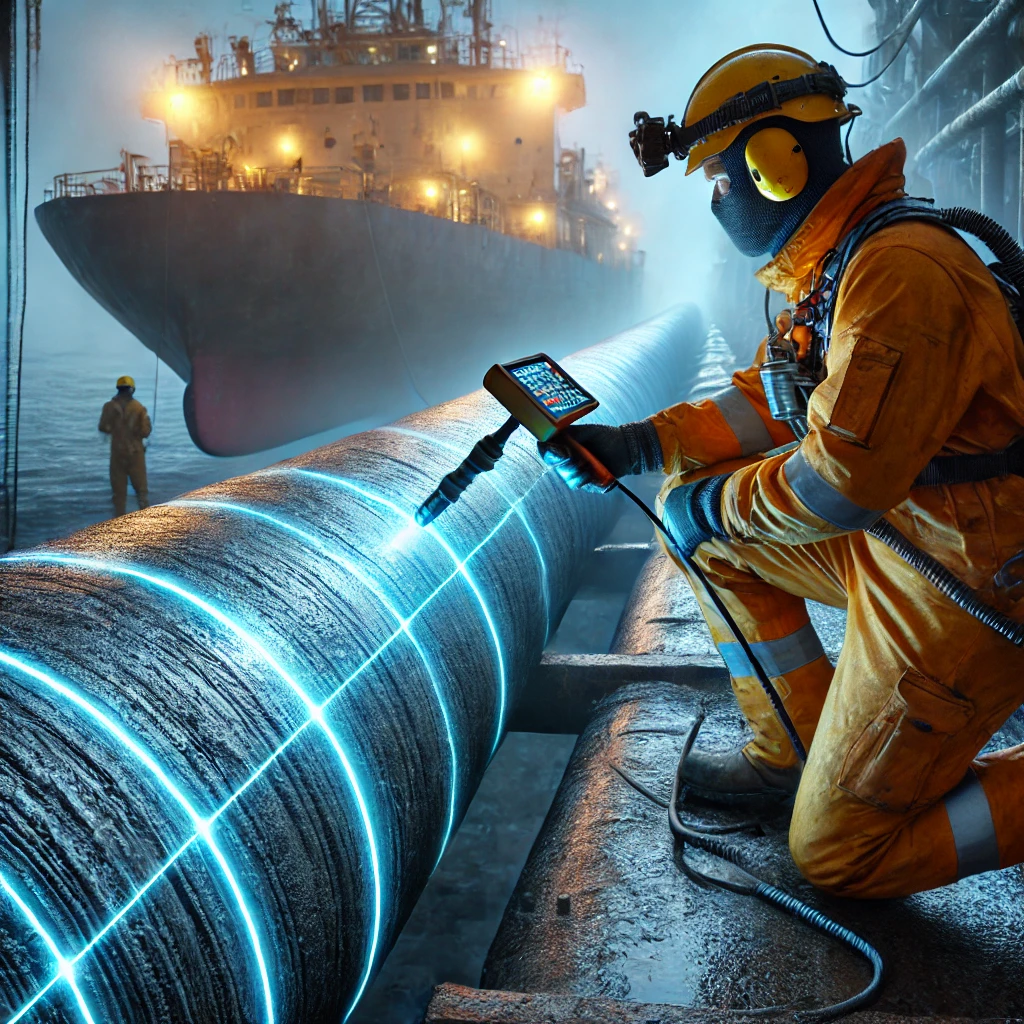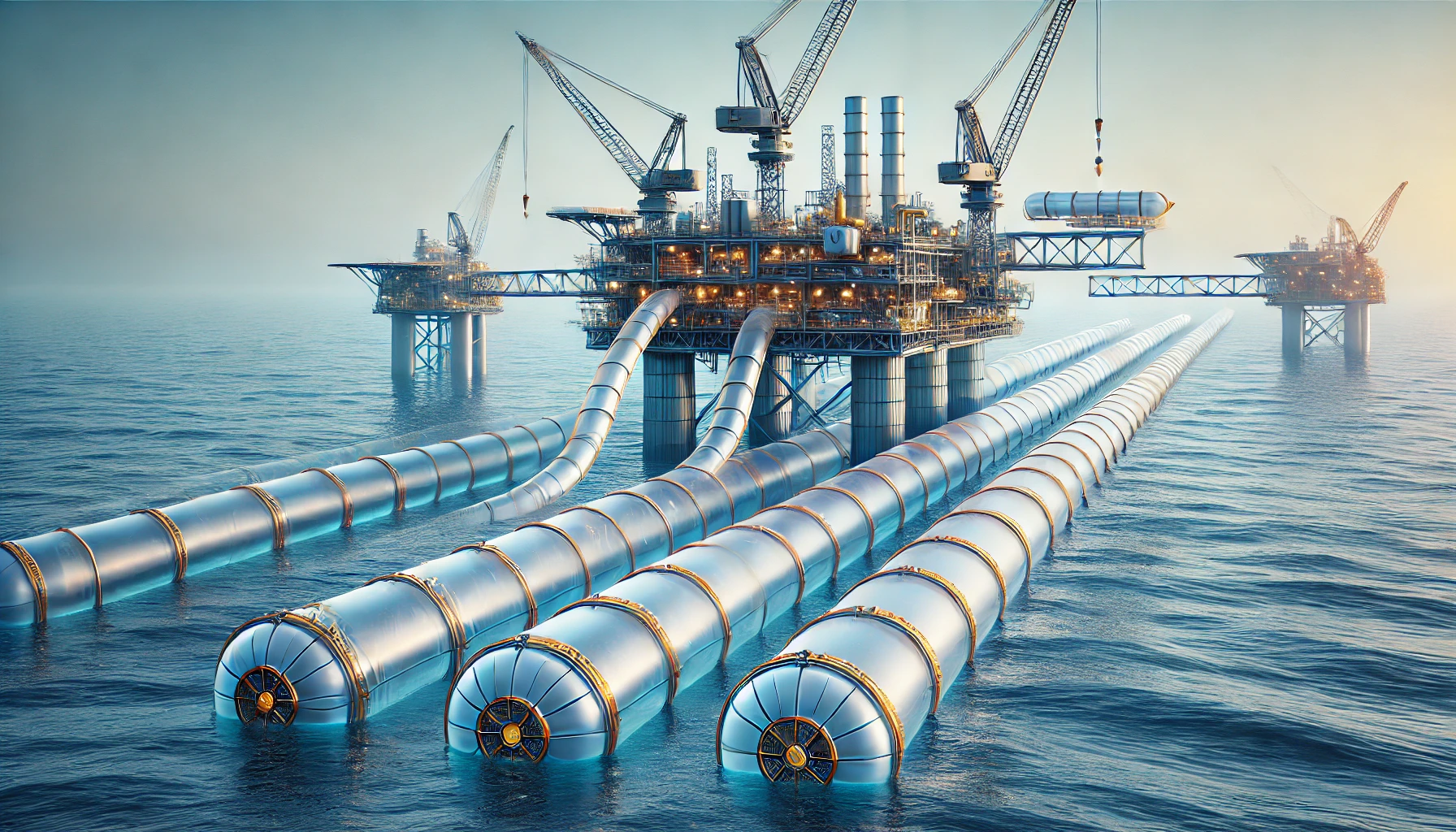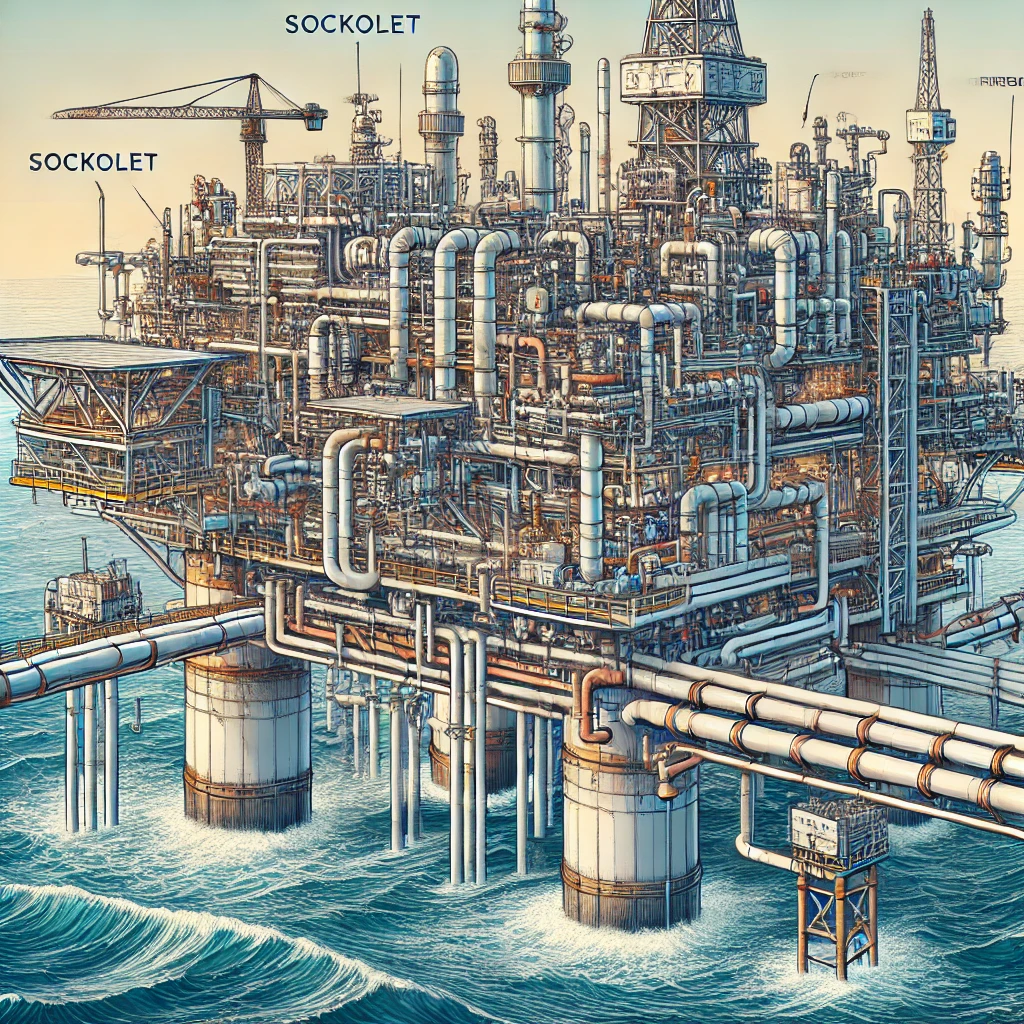Fatigue analysis is a crucial aspect of engineering that deals with the assessment of structural components subjected to cyclic loading. In ocean engineering and piping systems, fatigue analysis ensures the reliability and safety of structures and components that operate under dynamic environmental conditions. This blog delves into the significance, methodologies, and applications of fatigue analysis in these two critical fields.
Importance of Fatigue Analysis
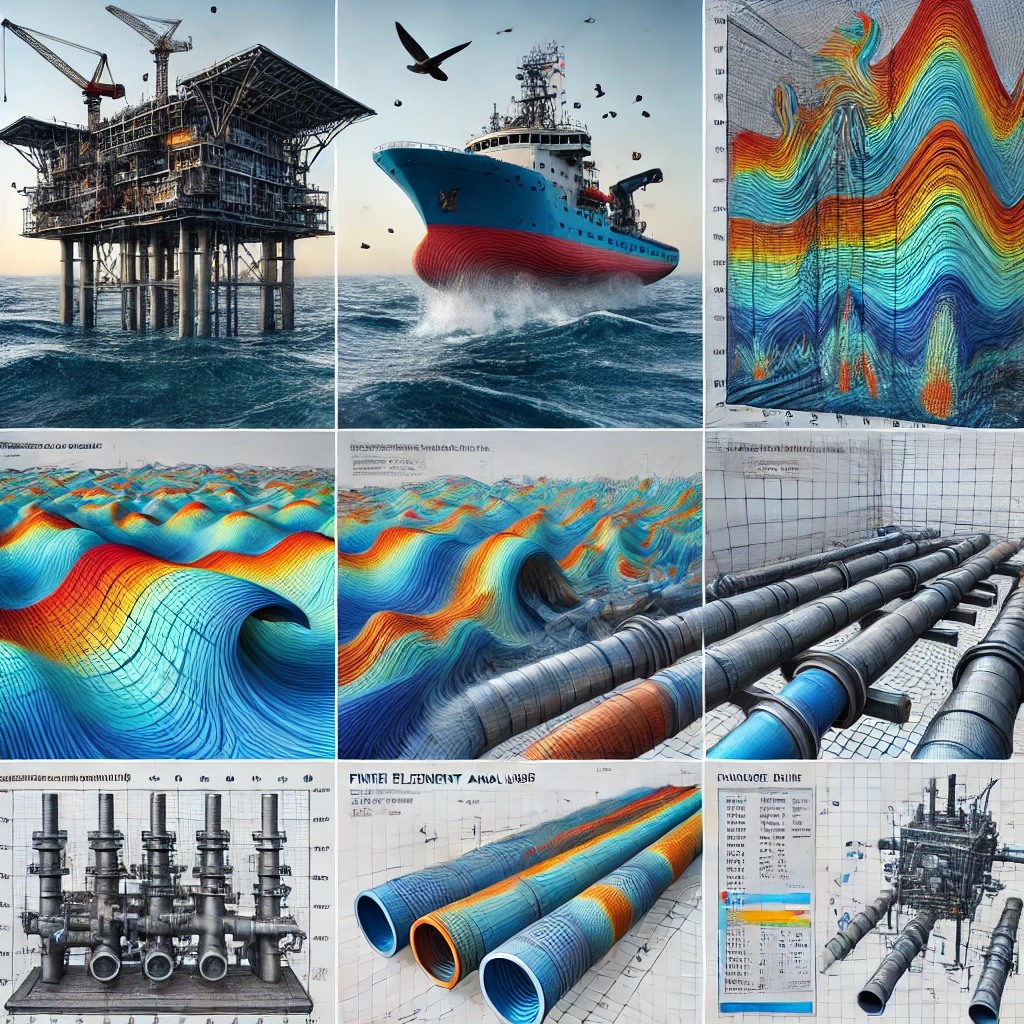
Ocean Engineering
Ocean engineering involves the design, construction, and maintenance of structures that operate in marine environments. These structures, such as offshore platforms, ships, and subsea pipelines, are exposed to harsh environmental conditions, including waves, currents, and corrosive seawater. Fatigue analysis in ocean engineering is essential to predict the life span of these structures, prevent catastrophic failures, and ensure safety and reliability.
Piping Systems
Piping systems are integral to various industries, including oil and gas, chemical processing, and power generation. These systems transport fluids under pressure and are often subjected to fluctuating temperatures and pressures. Fatigue analysis in piping systems helps in identifying potential failure points, optimizing design, and implementing maintenance strategies to prevent leaks, ruptures, and downtime.
Methodologies for Fatigue Analysis
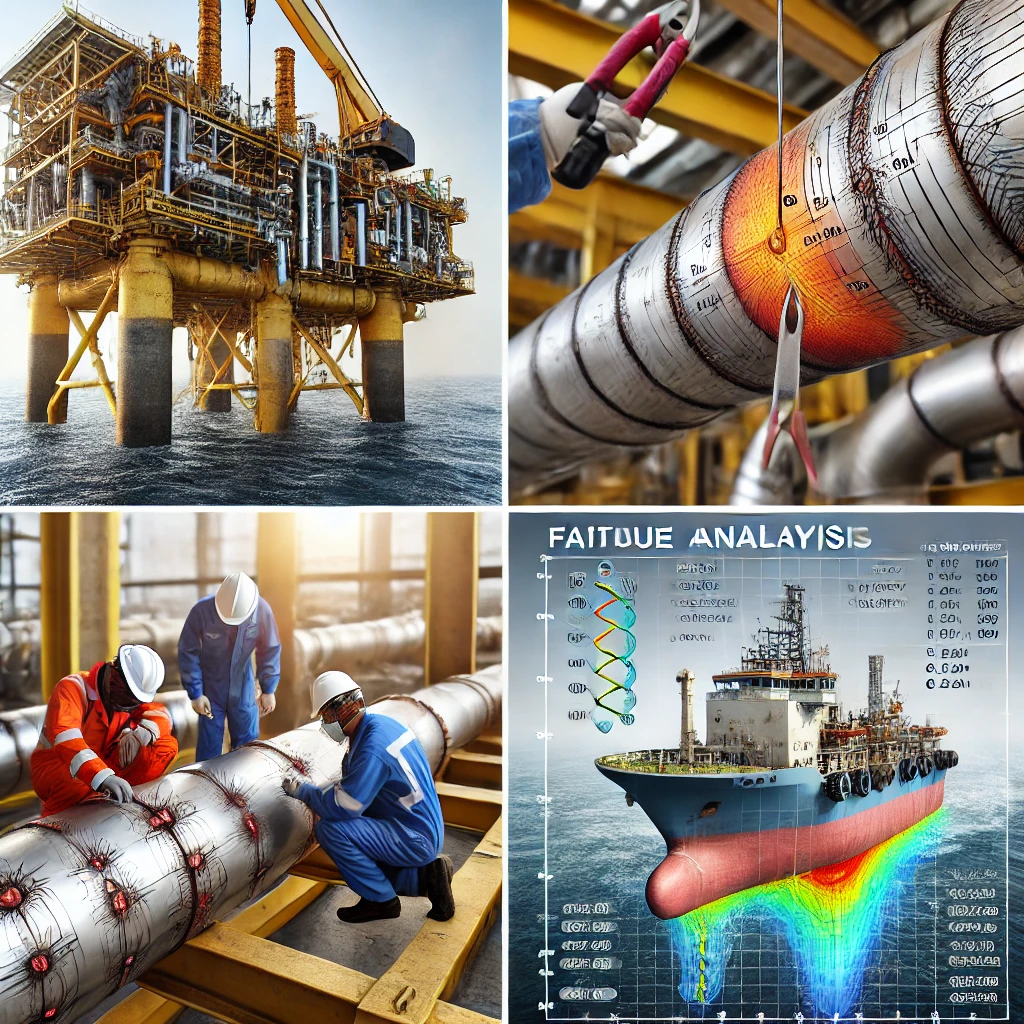
Ocean Engineering
- Stress-Life (S-N) Approach
The S-N approach, also known as the stress-life method, involves testing material specimens under cyclic loading to establish an S-N curve. This curve represents the relationship between stress amplitude and the number of cycles to failure. Engineers use this data to predict the fatigue life of structural components based on expected stress ranges and loading cycles.
- Fracture Mechanics Approach
The fracture mechanics approach focuses on the growth of cracks in materials under cyclic loading. It uses parameters like stress intensity factors and crack growth rates to predict the remaining life of a component with an existing crack. This method is particularly useful for assessing structures that have been in service for extended periods and may already have detectable flaws.
- Finite Element Analysis (FEA)
FEA is a computational tool that simulates the behavior of structures under various loading conditions. In fatigue analysis, FEA helps in identifying stress concentrations, estimating fatigue life, and optimizing design to reduce fatigue damage. It allows engineers to model complex geometries and loading scenarios, providing a detailed understanding of the fatigue performance of ocean structures.
Piping Systems
- Stress Analysis
Stress analysis in piping systems involves evaluating the stresses and strains induced by internal pressures, thermal expansion, and external loads. By identifying areas with high stress concentrations, engineers can predict potential fatigue failure points and design reinforcements or supports to mitigate these stresses.
- Cumulative Damage Models
Cumulative damage models, such as Miner’s Rule, are used to predict the fatigue life of piping components based on the accumulation of damage from repeated loading cycles. These models sum the damage fractions for each loading cycle to determine the overall fatigue life, allowing for a more accurate prediction of failure.
- Vibration Analysis
Piping systems are often subjected to vibrations from fluid flow, machinery, and external forces. Vibration analysis helps in identifying resonant frequencies and dynamic response characteristics of piping systems. By understanding the vibration behavior, engineers can design supports and damping mechanisms to reduce fatigue damage caused by cyclic vibrations.
Applications of Fatigue Analysis

Ocean Engineering
- Offshore Platforms
Offshore platforms are subjected to cyclic loading from waves, wind, and operational activities. Fatigue analysis helps in predicting the life span of critical components such as joints, welds, and structural members. By identifying potential fatigue hotspots, engineers can implement design modifications, perform regular inspections, and plan maintenance activities to ensure the structural integrity of offshore platforms.
- Ships and Marine Vessels
Ships and marine vessels experience cyclic loading from wave-induced motions, propeller forces, and cargo operations. Fatigue analysis is crucial for assessing the durability of hull structures, deck components, and propulsion systems. It aids in optimizing design, selecting appropriate materials, and establishing inspection schedules to prevent fatigue-related failures during the vessel’s operational life.
- Subsea Pipelines
Subsea pipelines transport oil, gas, and other fluids across the ocean floor, facing cyclic loading from waves, currents, and pressure fluctuations. Fatigue analysis is essential for predicting the life span of pipeline materials, welds, and connectors. By understanding the fatigue behavior, engineers can design pipeline systems with adequate safety margins, perform regular inspections, and implement maintenance strategies to prevent leaks and ruptures.
Piping Systems
- Oil and Gas Industry
In the oil and gas industry, piping systems transport hydrocarbons from wells to processing facilities and distribution networks. Fatigue analysis helps in identifying critical points in the piping network that are prone to fatigue damage due to pressure fluctuations, thermal cycles, and mechanical vibrations. By predicting the fatigue life of these components, engineers can implement design modifications, schedule inspections, and plan maintenance activities to prevent leaks and failures.
- Chemical Processing Plants
Chemical processing plants use piping systems to transport various chemicals and process fluids. These systems are often subjected to cyclic loading from temperature changes, pressure variations, and chemical reactions. Fatigue analysis helps in assessing the durability of piping materials, joints, and fittings. By understanding the fatigue behavior, engineers can design piping systems with appropriate safety factors, select suitable materials, and establish maintenance schedules to ensure reliable operation.
- Power Generation Facilities
Power generation facilities, including nuclear, thermal, and hydroelectric plants, use piping systems to transport steam, water, and other fluids. These systems experience cyclic loading from thermal expansion, pressure changes, and dynamic forces. Fatigue analysis is essential for predicting the life span of critical components such as pipes, valves, and fittings. By identifying potential fatigue hotspots, engineers can implement design improvements, perform regular inspections, and plan maintenance activities to prevent failures and ensure continuous operation.
Challenges and Future Trends
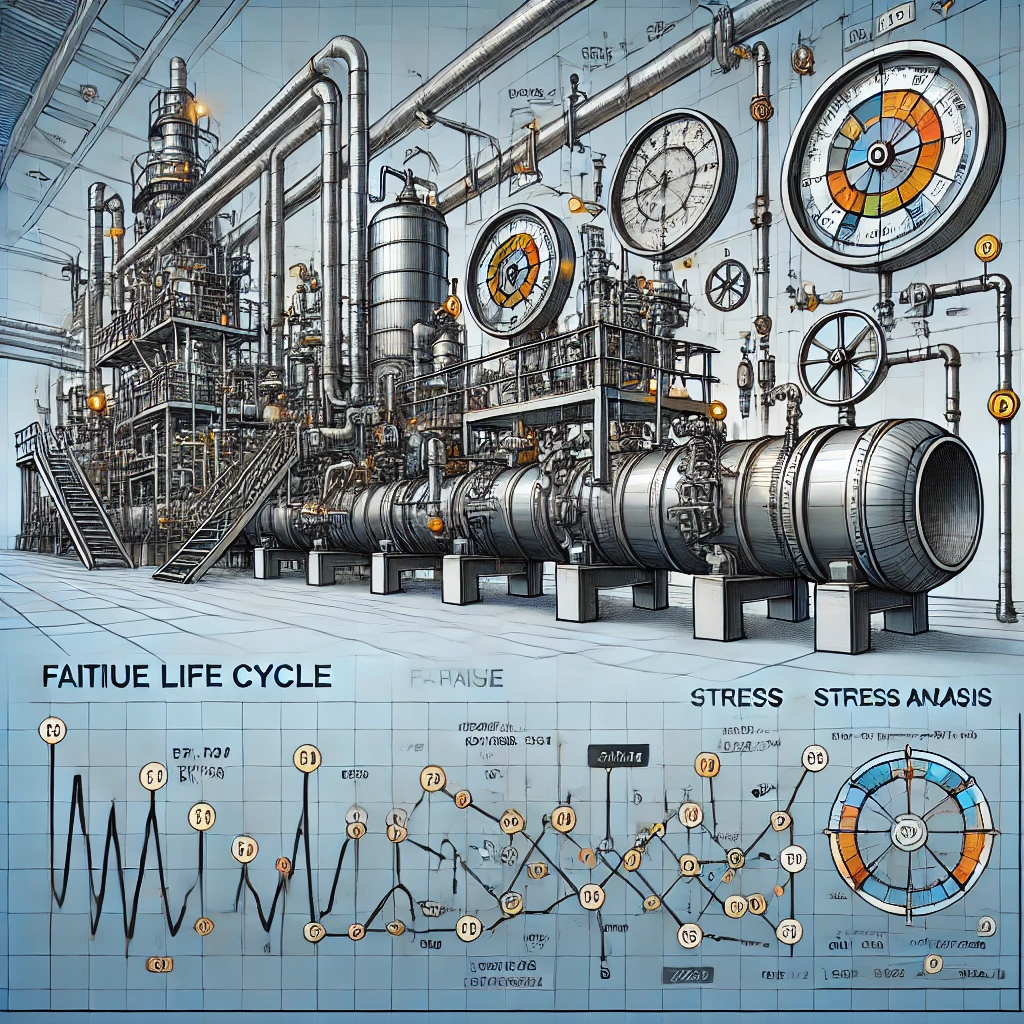
Ocean Engineering
- Environmental Conditions
Ocean engineering structures operate in challenging environments with variable loading conditions, including storms, earthquakes, and ice loads. Fatigue analysis in such conditions requires accurate modeling of these dynamic loads and their impact on structural components. Future trends involve the development of advanced simulation techniques, including coupled fluid-structure interaction models, to improve the accuracy of fatigue predictions.
- Material Selection
The selection of materials for ocean engineering structures is critical for ensuring fatigue resistance. Future trends focus on the development and use of high-strength, corrosion-resistant materials that can withstand the harsh marine environment. Advances in material science, including the use of composites and advanced alloys, will play a significant role in improving the fatigue performance of ocean structures.
Piping Systems
- Aging Infrastructure
Many piping systems in various industries are aging and may have existing fatigue damage. Assessing the remaining life of these systems and implementing effective maintenance strategies is a significant challenge. Future trends involve the use of advanced inspection techniques, including non-destructive testing (NDT) methods and sensor-based monitoring, to detect and quantify fatigue damage in existing piping systems.
- Complex Loading Conditions
Piping systems are subjected to complex loading conditions, including multi-axial stresses, thermal cycles, and dynamic forces. Future trends focus on the development of advanced analytical and numerical methods to accurately predict fatigue life under these complex loading scenarios. The integration of machine learning and artificial intelligence (AI) techniques for fatigue analysis is also gaining traction, enabling more efficient and accurate predictions.
Fatigue analysis is a critical aspect of ensuring the reliability and safety of structures and components in ocean engineering and piping systems. By understanding the fatigue behavior of materials and components, engineers can design robust structures, implement effective maintenance strategies, and prevent catastrophic failures. As technology advances, the integration of advanced simulation techniques, material innovations, and data-driven approaches will further enhance the accuracy and efficiency of fatigue analysis, contributing to safer and more reliable engineering systems in these critical fields.







